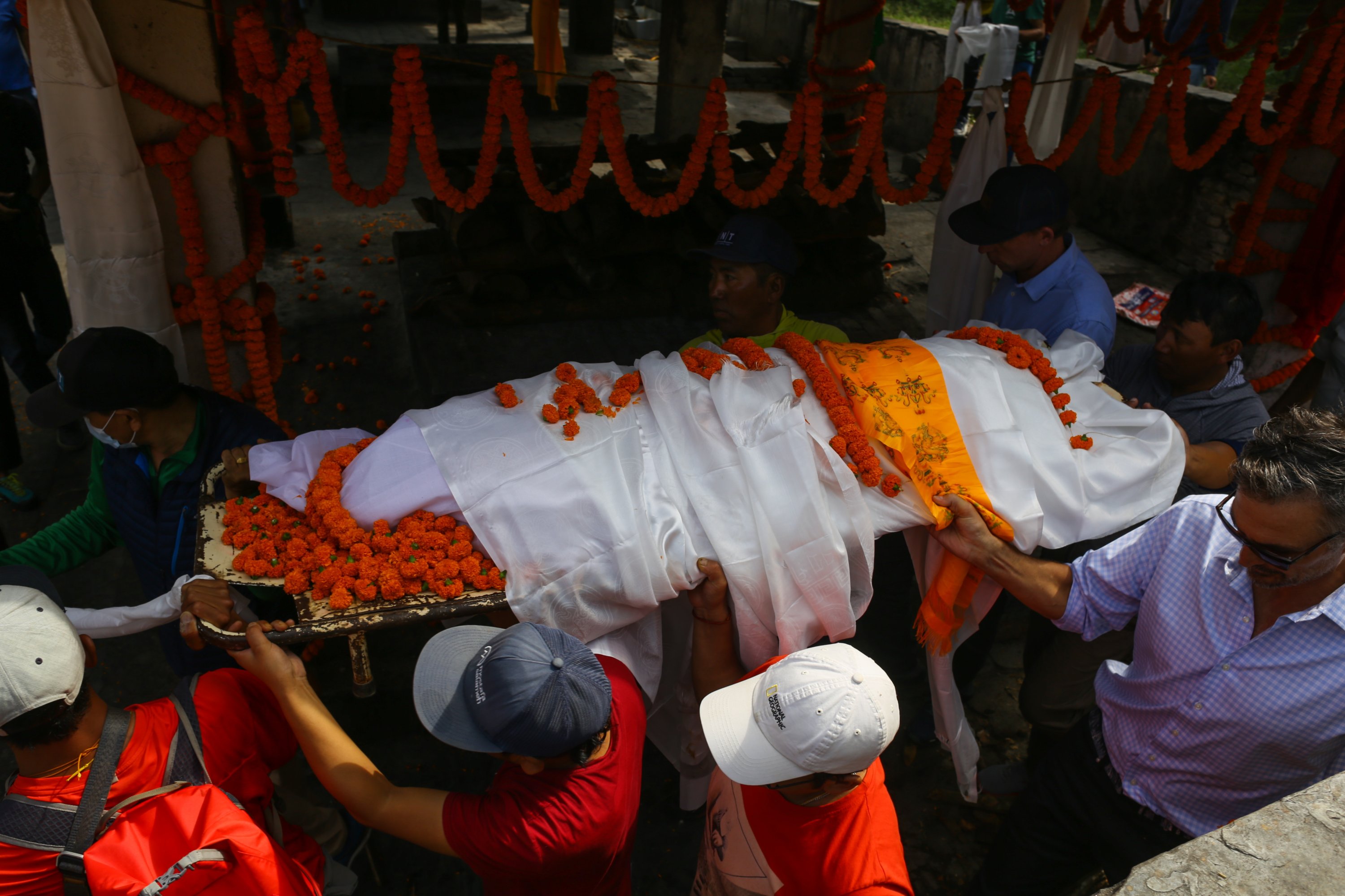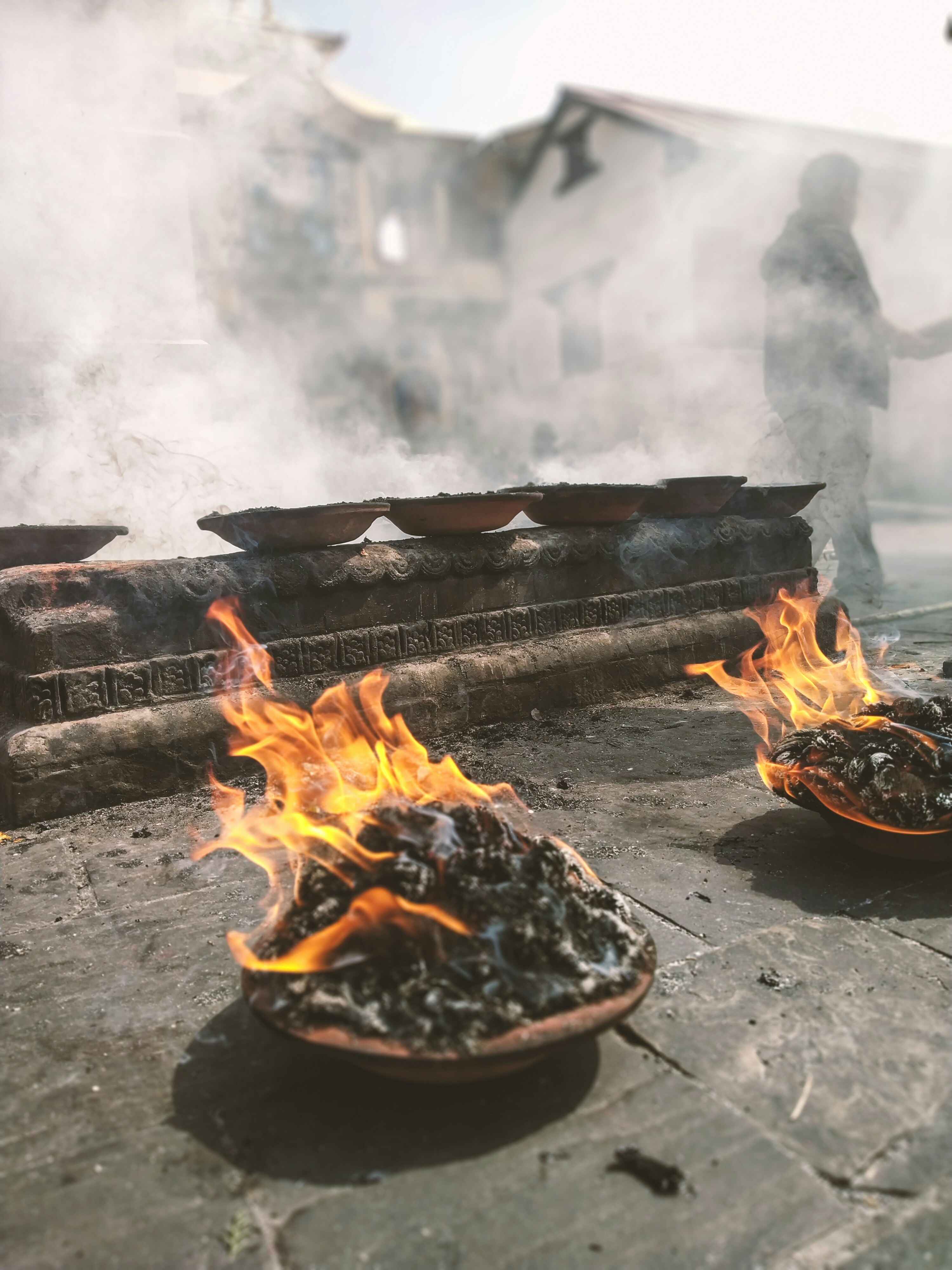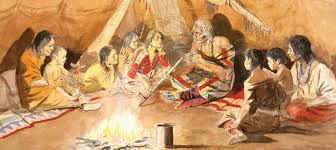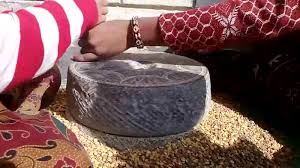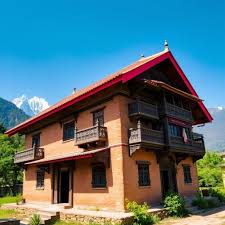Share this Article
The khukuri (also spelled kukri) is a distinctive curved blade with deep cultural, historical, and functional significance in Nepal and beyond. This iconic weapon and tool has been integral to the Nepali identity for centuries, serving as both a symbol of national pride and a practical instrument in daily life.
Origins and Historical Significance
The origins of the khukuri are believed to trace back over 2,500 years, potentially influenced by ancient Indian weapons such as the nistrimsa and the Greek kopis brought to the subcontinent by Alexander the Great's forces in the 4th century BC. The modern design of the khukuri, characterized by its inward-curved blade, emerged around the 7th century BC in the hills of Nepal. This makes it older than Japan’s famous katana, crafted over a thousand years later.
The khukuri gained international prominence during the Anglo-Nepalese War (1814–1816), where the Gurkhas' effective use of the blade against British troops led to its recognition as a formidable weapon. It became an official military issue under British leadership, and no Gurkha went into combat without one.
Design and Craftsmanship
Each khukuri is handcrafted with meticulous attention to detail. Artisans select high-quality materials such as steel sourced from discarded vehicle springs, rhododendron wood for the handle, and buffalo horn for the fittings. The crafting process involves several steps:Forging the Blade: The steel is heated and hammered into the desired shape, forming the characteristic curve of the khukuri.
- Shaping the Handle: The handle is carved from wood or horn, ensuring a comfortable grip.
- Assembling the Sheath: A durable sheath is created to house the blade, often made from buffalo hide.
- Finishing Touches: The khukuri is polished, and additional features like decorative elements or inscriptions may be added.
The khukuri typically comes with two smaller blades: a chakmak (a blunt blade used for sharpening) and a karda (a small utility knife). These accessories are housed in the scabbard, reflecting the khukuri's multifunctional design.
Cultural and Ceremonial Importance
Beyond its practical applications, the khukuri holds deep cultural and spiritual significance in Nepal. It is considered a symbol of bravery, strength, and national pride. During the Dashain festival, the khukuri is worshipped alongside other tools, reflecting its revered status. An ancient belief holds that a khukuri kept in the home brings good fortune and wards off evil spirits. This custom is still observed in traditional households, where the khukuri is placed under pillows at night to prevent bad dreams and dispel evil influences. The khukuri also plays a role in personal milestones. It is customary for a well-dressed Nepali groom to carry his finest khukuri during his wedding ceremony, symbolizing his strength and readiness to protect his family.
Modern-Day Relevance
In contemporary times, the khukuri continues to be a vital tool in rural Nepal, used for tasks such as farming, hunting, and construction. Its versatility and durability make it indispensable in daily life. Moreover, the khukuri has found a place in global markets as a collector’s item and a symbol of Nepali craftsmanship. Artisans create intricately designed blades, often using traditional methods, which are sought after by knife enthusiasts and collectors worldwide. The khukuri's legacy is also preserved in museums and cultural institutions, where historical specimens are displayed, allowing future generations to appreciate its significance.
Symbolism and Myths
The khukuri is more than just a weapon or tool; it is a testament to the resilience, culture, and history of the Nepali people. Its enduring presence in both practical applications and ceremonial contexts underscores its integral role in Nepalese society. As a symbol of national pride and a link to the past, the khukuri continues to inspire respect and admiration, both within Nepal and around the world.
Conclusion
The khukuri stands as a multifaceted symbol of Nepal's rich heritage, blending functionality, artistry, and spirituality. Its journey from ancient battlefields to modern-day households and collectors' shelves highlights its enduring legacy. Whether as a practical tool, a ceremonial object, or a symbol of national pride, the khukuri remains an iconic emblem of Nepalese culture.
Categories:
Traditional Tools and Utensils
Tags:
NepalWeapon


